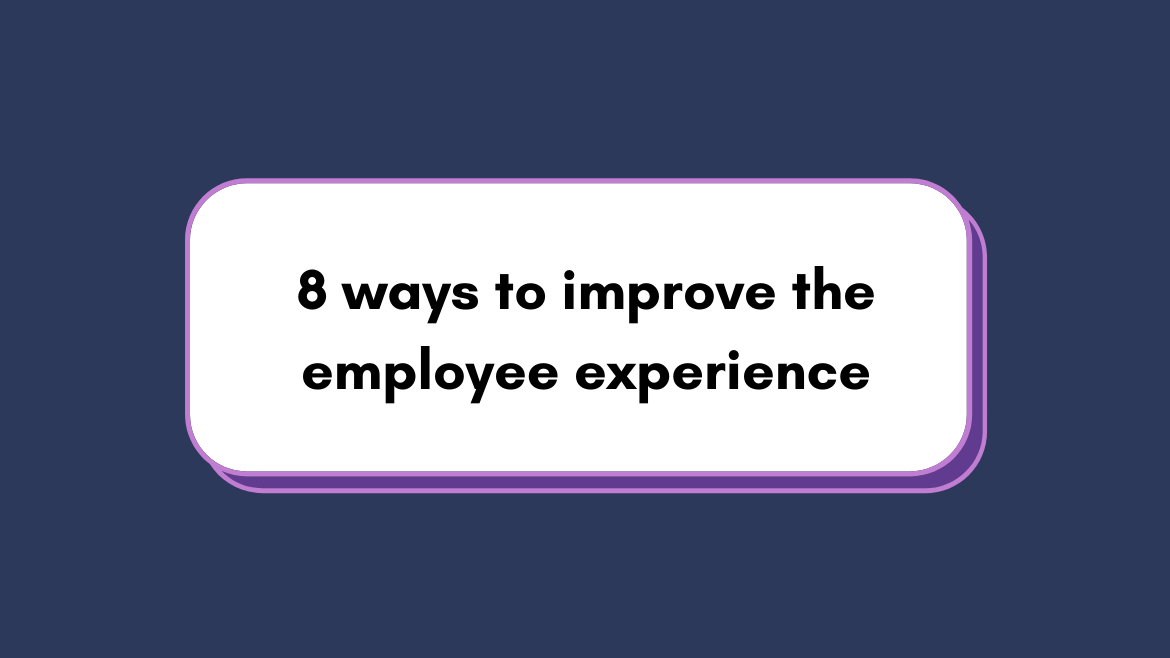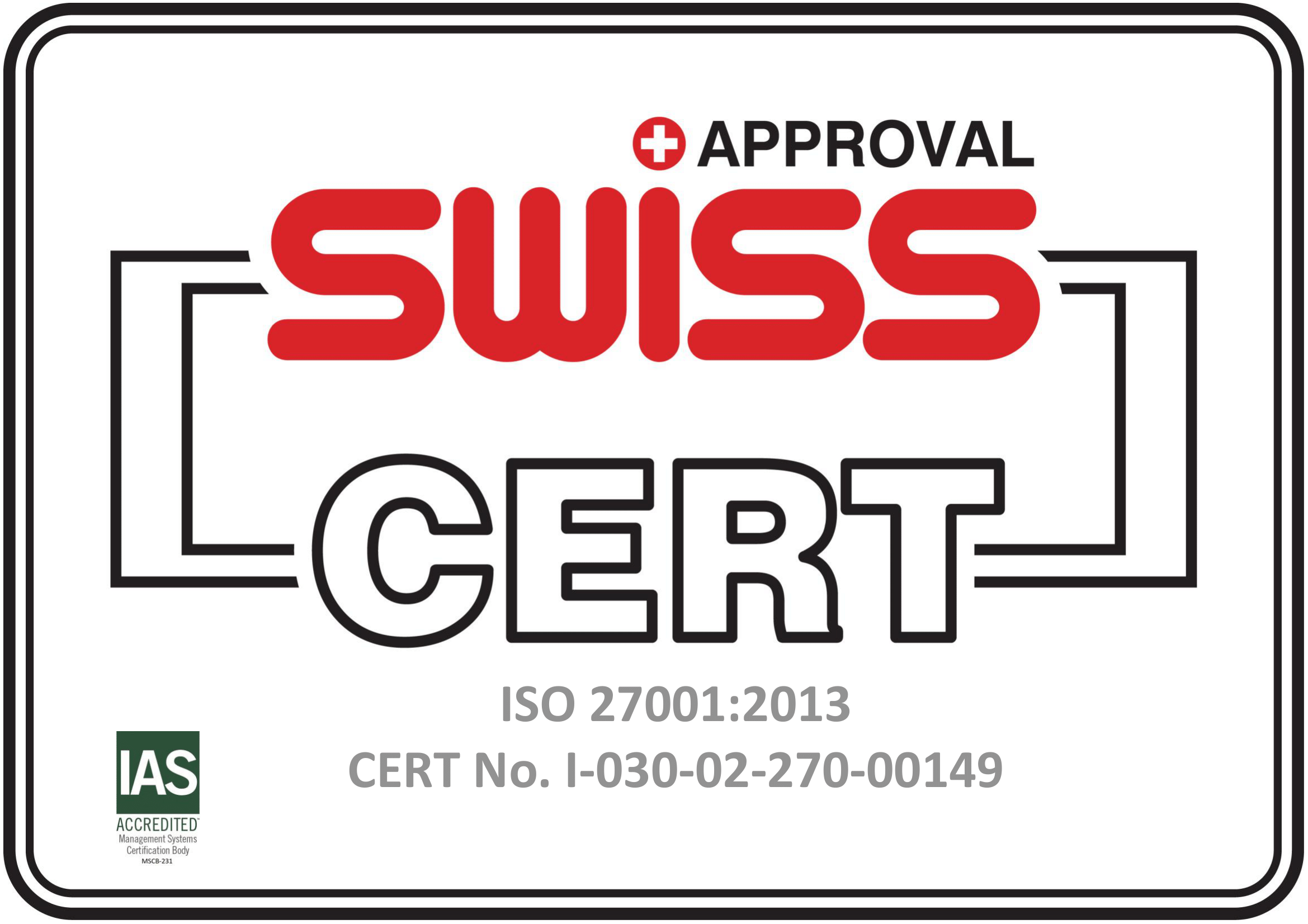8 ways to improve the employee experience

Basic employee benefits like health insurance are not enough today. With Gartner research showing that less than 15% of employees are largely satisfied with their work experience, it’s time companies go above and beyond and provide employees with an exemplary experience in the workplace. Similar to customer experience, the employee experience is the sum of the interactions your employees have with your company, which involves culture, benefits, physical work environment, and tools for employee success. And of course, all these experiences can be linked with revenue. It goes without saying that “happy” employees are more productive and successful, bringing . Research also supports this with companies with high employee engagement pulling in 2.5 times more revenue than companies with low engagement levels.
However, understanding what makes your employees happy is the key to true organizational success. From employee onboarding experiences to providing the right tools for the job, here are 8 ways you can provide an exemplary employee experience (EX).
1. Create an Employee Experience Journey Map
Typically associated with customer experience, with an employee journey map you can visualize the various stages an employee goes through in their time with a company. It allows companies to identify pain points and critical moments to improve EX. Starting from when the employee applies for a job through to when they leave your employ, the employee journey covers every aspect of an employee’s time with your company. From their first day onboard to their first performance review or promotion, these are all key to assessing the knowledge and tools employees need to be motivated and more engaged.
2. Improve Internal Communication
Internal communication is much more than just disseminating company information. It’s about fostering a sense of community, encouraging employees to work together for a common goal, and create a cohesive company culture. It must be used for maintaining a connection with your employees and winning their trust, because when employees have a sense of purpose they are more productive and can become brand advocates and ambassadors for your company.
In addition, for today’s dispersed and mobile teams, internal communication is more important than ever. Keeping remote employees engaged is a challenge. However, by providing everyone in the company the proper tools to communicate, can help develop employee relationships and facilitate clear communication.
3. Design a great onboarding experience
Many companies don’t have an employee onboarding experience programme, yet it’s critical to employee success. That’s because the better the onboarding process, the higher your retention rate and employee productivity. According to the Harvard Business Review, 33% of new hires look for a new job within their first six months on the job, which can be attributed to the employee onboarding experience. That’s why it’s important to design a program that’s measurable, tailored to specific audiences and has clear objectives, letting employees:
-
Have a clear idea of what’s expected of them, from day one.
-
Quickly learn how to best complete assigned tasks.
-
Determine who can help them accomplish their duties.
4. Implement stay interviews
While exit interviews are valuable, they don’t help your employee stay when they are about to leave. Stay interviews are individual conversations between the manager and employee that help companies understand what’s important to employees, in order to tackle retention issues. They are an open dialogue that’s used to build trust with employees and gather their perspective on their experience. By understanding what works and what doesn’t, managers can identify employee motivation for staying with the organization and work towards goals that keep them interested.
5. Invest in employee wellness
Traditional health benefits are thought to be things of the past. Today’s employees value a healthy work/life balance that can keep them well, not just taking care of them when they’re sick. For one, with a healthy work/life balance, employees can also be more active, incurring lower health costs, saving your company time and money. But employee wellness is more than just physical. Other popular approaches to employee wellness include remote work opportunities, health and fitness programs, and paid parental leave. Companies should look to implement health and fitness programmes that encourage mental, emotional, and spiritual wellness and can lead to employees that are better rested and more attentive and productive at work.
6. Act on employee feedback
Employee surveys can help you quickly discover and understand which benefits are important to your employees and to collect regular feedback across the entire workplace lifecycle. While many companies implement employee engagement and feedback surveys, few act on that feedback. This can backfire, causing a loss of trust, as employees are more likely to share their opinion and engage if they feel they are being listened to and valued, while if they know they won’t be heard they may stop giving feedback.
Acting on feedback also helps to create a more diverse, equitable, and inclusive workplace that will attract top talent. Therefore, it is important that companies assign a team or a person to act on this feedback, setting up a clear plan for the future.
7. Offer career development opportunities and continual training
Employee development should be high on your employee experience list. You are more likely to increase employee retention if your employees know there’s room for career advancement. Training should be conducted both on leadership level and employee level. Manager training should teach delegation, interpersonal skills, time management, goal-setting, and effective ways to give praise and feedback, while managers should have an individual development plan for each employee and discuss long-term career goals, at least once a year. On the other hand, employee training should focus on assigning mentors to coach and give feedback to employees or on offering online training courses to them so they can expand their skill sets. This way you will be able to increase employee engagement and your internal talent pool.
8. Share customer feedback with your employees
There’s an evident and strong link between employee experience and customer experience. However, when customer feedback is rarely shared with employees. Sharing positive and not-so-positive customer feedback with employees can help them progress in their jobs, increase their self-confidence and give them a sense of purpose in their job. Customer feedback should be shared company-wide, not only recognizing that the company is succeeding, but the employee as well, increasing employee motivation and helping them recognize that their work is valued.
Invest in the right technology for an exemplary employee experience
The employee experience impacts everything from your organisation’s culture to organisational success. From retention to turnover and from collaborative work to the quality of the products and services your company offers. Organisations that want a better EX must listen to their employees on how they would like to be treated, because only then will they feel supported, happy, and ready to contribute to growth.
We pay great attention to the employee experience and our goal is for our clients' teams to work better. With the right ways and the right employee knowledge sharing tools, employees can efficiently perform their work. The technology landscape is great, and tools like these of Atlassian are key to helping employees feel more confident in their role. Atlassian’s collaboration software helps teams organize, discuss, and complete shared work. Tools like Trello can help your teams organise tasks and see progress, while with Confluence you can create a culture of idea-sharing and innovation by creating, sharing, and managing content, all in one place.
If you are interested in learning more about how you too can provide an exemplary employee experience, Nimaworks is here to help you out.






